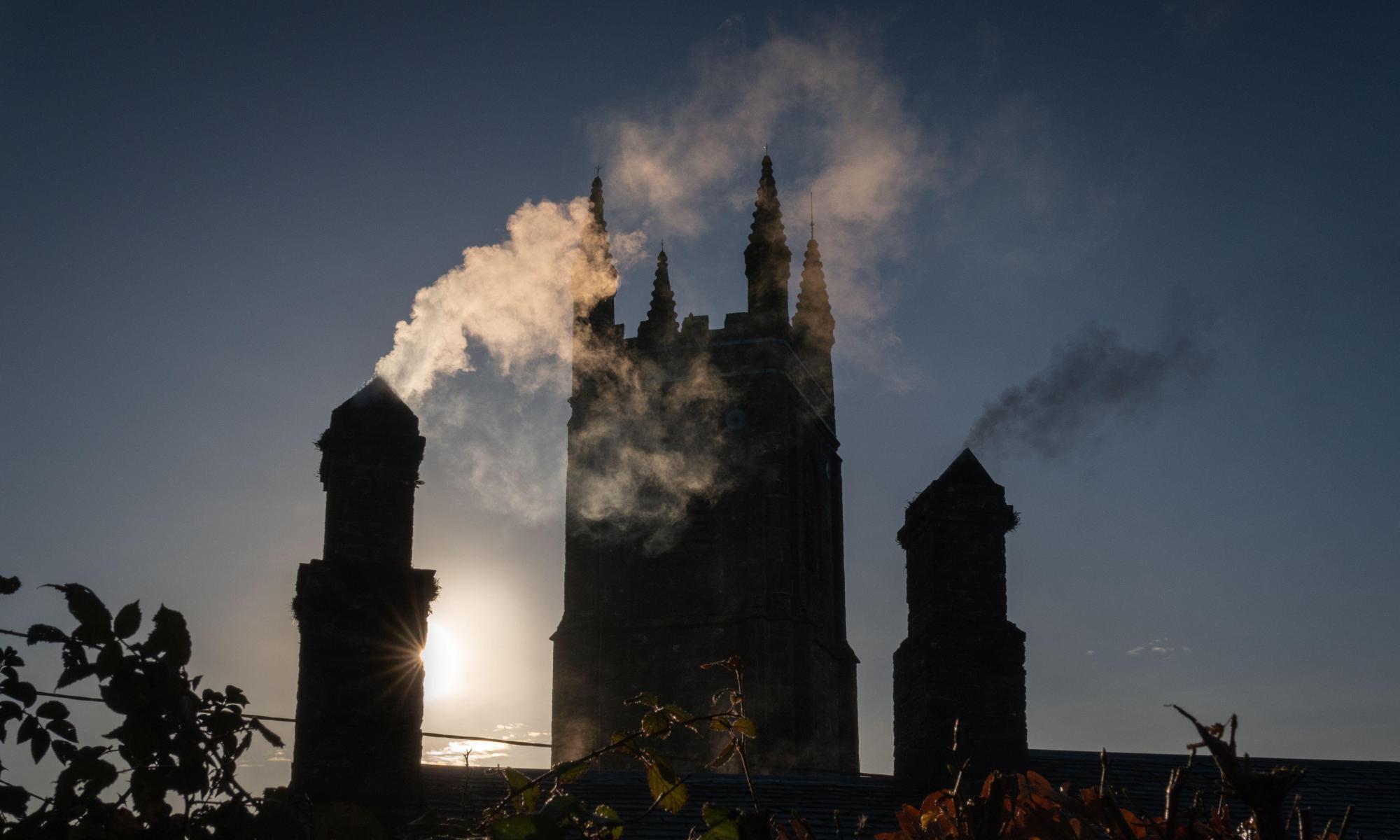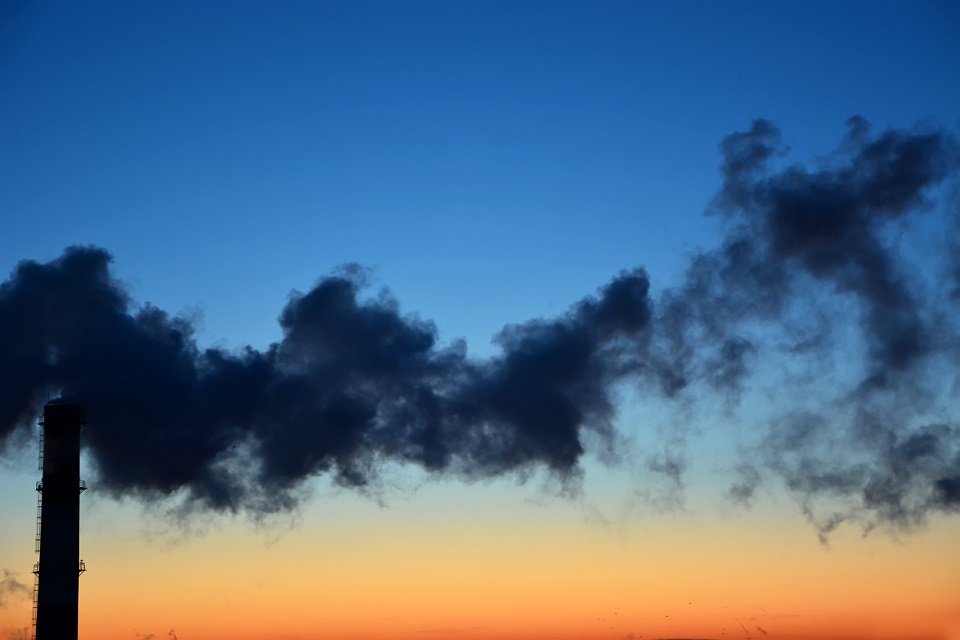As we get more accustomed to home deliveries as the Covid pandemic eases, what are the impacts in terms of pollution?
In north London, the community around Yerbury school is fighting the development of a 24/7 Ocado distribution depot. Local residents’ concerns include noise and air pollution from the lorries that supply the warehouse and the vans that make local deliveries.
For nearly four years, the street outside the primary school has been closed at pickup and drop-off times to reduce pupils’ exposure to air pollution. By contrast the planned depot will be next to the school playground, only two metres from some of the classroom windows.
Liam Frost, the deputy headteacher, said: “The 450 children at our school are obliged to come here each day and breathe the air, regardless of how clean it is. Children deserve to know the adults in their lives are caring for them and their future.
“The school street has showed the children how we can work together to improve the local environment, but this is totally undermined by the plans for the depot at the back of the building.”
An Ocado spokesperson said: “Ocado is committed to having a positive impact on the local community. This would be the greenest and quietest grocery facility in the UK, and we have committed to using a 100% electric delivery van fleet – replacing the vans that currently deliver in the area – and install a green ‘living wall’ along the boundary. It would also create around 300 new jobs for the local economy.”
Research in nearby primary schools in east London found children in the most polluted places were growing smaller lungs. In 2016, a Royal College of Physicians report called for steps to minimise pollution near schools.
In New York, researchers examining the impacts of a new grocery warehouse in the city concluded that focus should be placed on decreasing traffic and pollution in overburdened communities, rather than adding traffic-intensive facilities.
The warehouse had been built in an area with a large number of poor homes, high numbers of children with asthma as well as a large burden of air pollution. Traffic and noise levels increased after the facility opened, especially at night, and the local community did not reap the benefits of the long-term improvements in air pollution across the city.
In southern California, researchers studied the locations chosen for warehouses and their impacts on the people living nearby. They found that warehouses were associated with increased air pollution, noise levels and traffic collisions and were disproportionately sited in low-income, minority communities. New warehouses created jobs but these were often badly paid and gave little benefit to the local community.
Areas around our heritage buildings and sensitive natural habitats are already protected from harmful development. Should vulnerable communities and schools and have similar protections?


